Body asymmetries are more then a minor nuisance

Have you ever heard of the Egoscue method? I cannot vouch for its effectiveness since I’ve never tried their E-cises (specific exercises), but I really like Pete Egoscue’s straightforward approach to chronic pain and physical wellness. The premise of his work (described in his book Pain Free: Revolutionary Method for Stopping Chronic Pain) is pretty simple: “The human body is designed to maintain its own health throughout a long lifetime. Episodes of pain are aberrations that can be easily treated if the body is permitted to do its work.” Motion is crucial to our health and proper functioning; lack of movement or poor movement patterns facilitated by our modern environment cause structural imbalances and, eventually, pain. If we restore the lost balance, the pain will go away.
This is very similar to the idea of the habitual movement patterns that we’ve discussed before; identifying and changing those is the first step in the physical recovery process. But before you can do anything about your body asymmetries, you need to figure out what they are. Pete Egoscue: “Except for the spine and skull, the human musculoskeletal system has two of everything. Both halves of the body, to the left and right of the spine, are functionally identical. Both sides are designed to operate in the same manner. When they don’t, the balance and health of the entire system is affected.” So the second step is identifying the imbalances that those habitual movement patterns had created in the body. The yoga practice we feature today will help you compare the right and left sides of the body and use lateral bending to begin restoring the balance between the two sides. Give it a try and see how it goes!

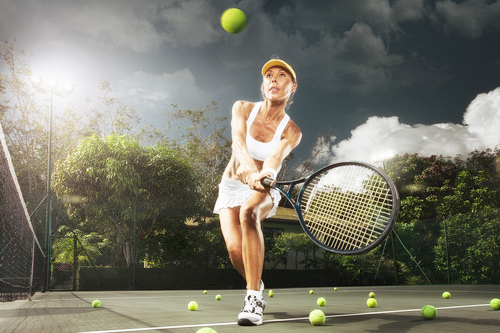
Looking at muscle relationships is an essential part of working with hips. Whatever the reason for hip pain, it is almost always accompanied by chronic muscle contraction somewhere in the hips and imbalanced muscle development.


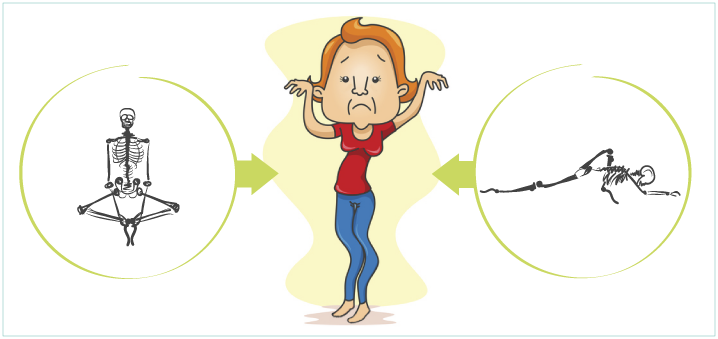

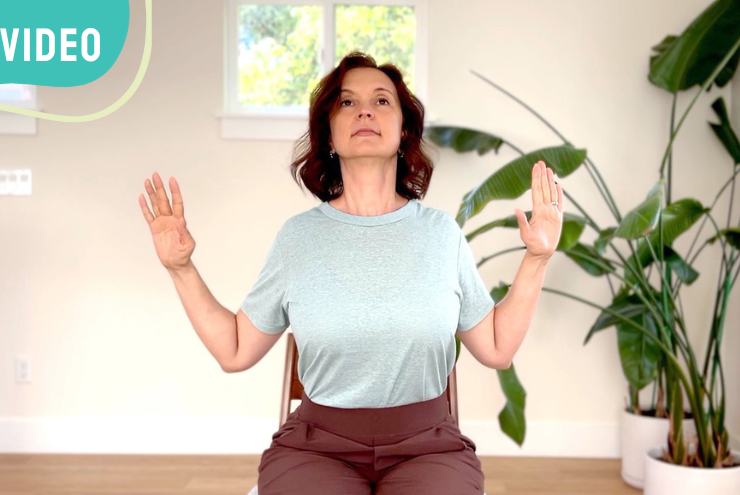
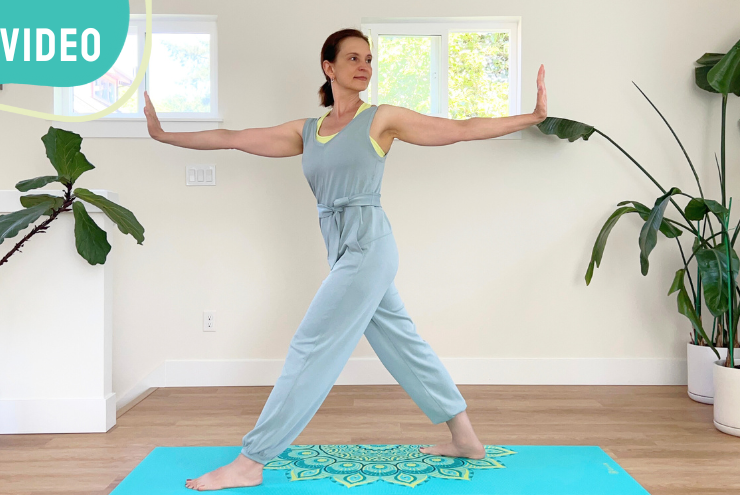
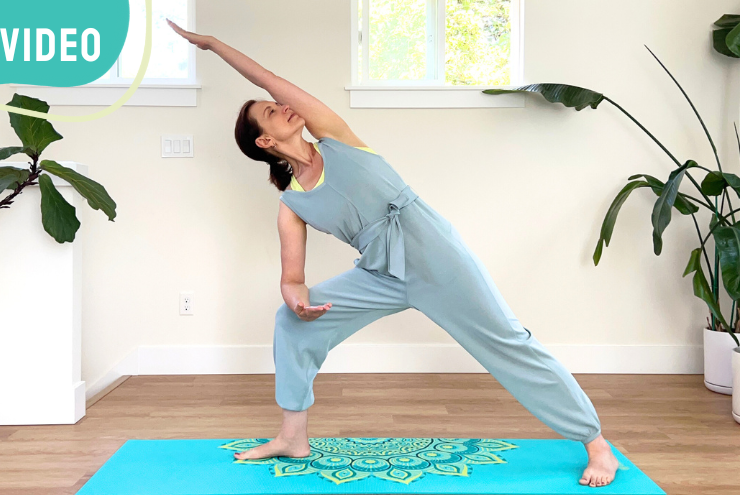


Awesome! I’ll be playing around with this practice over the weekend- I can tell there’s a bunch of asymmetry between my right and left side and have been sloooowly trying to fix it over the years.
Do you have any recommendations for working on internal rotation of the shoulder? My right shoulder has very limited internal rotation.
Hi Jen! Very interesting request – most shoulders would much rather rotate internally then externally:) When do you feel this limitation?
In any posture where an arm goes behind the back (bharadvajasana, gomukhasana, etc), my right arm won’t go very far.
Oh, I see. One thing that you can include in your practice is this Virabhadrasana variation emphasizing the internal rotation aspect instead of the external one.
Love this practice, thanks for inspiring and continuing to question what we do and why we do it, I have a major /minor imbalance on one side, its fascinating to watch it unravel bit by bit, and the consequences and sensations throughout the entire body. Equally fascinating to watch how your body adjusts to imbalances and further cements them,without awareness, once you become aware its like whoa! Love seeing students discover this also, its really why we do what we do.
Hi Haidee – I completely agree! it’s a continuous process of self-discovery, physical and otherwise 🙂 And it can only happen if we pay attention 🙂
My fun (still) un-diagnosed pain is back; this practice was very nice for me today thank you!
Great to hear that the practice worked for you Kali!
Olga, how grateful I am for your magnificent yoga practice, for sharing your amazing knowledge with the world . Blessings to you always . Gratefully , ?
Thank you for your kind words Beatriz – you made my day! 🙂
I hike every morning + thought I would try this before my hike (usually practice after when my body is warm from the hike) and what was most profound was my breathing was full + deep during my hike, which usually at the beginning I huff/puff …so it was like “conditioning” the muscles of respiration to handle more exertion of the hills. Thank you. Many blessings to you.
Question about shavasana: Is it better to rest *comfortably* or *symmetrically*?
“Comfortably” is always the key. By the time you get to Savasana, all the work needs to come to an end and the body needs to rest and absorb in the most comfortable position possible.
Love it!